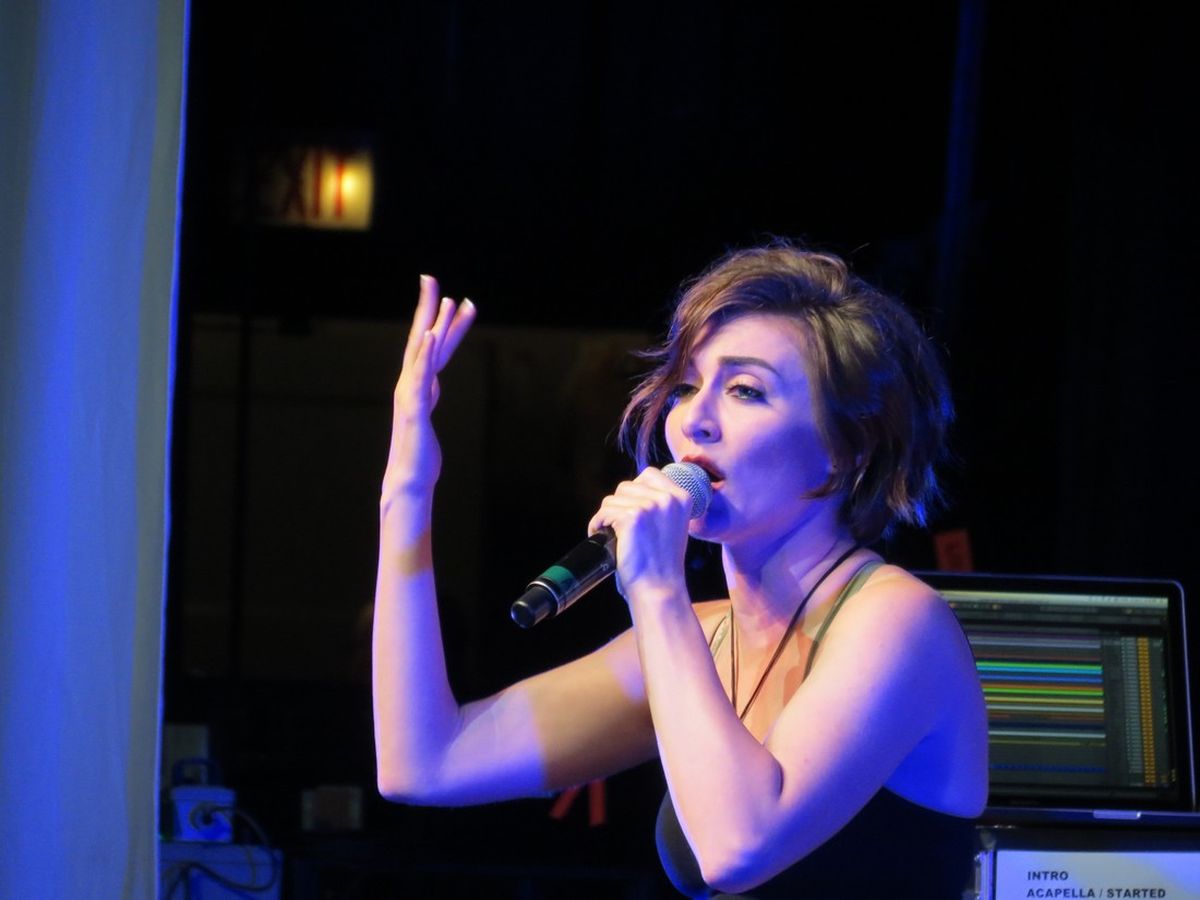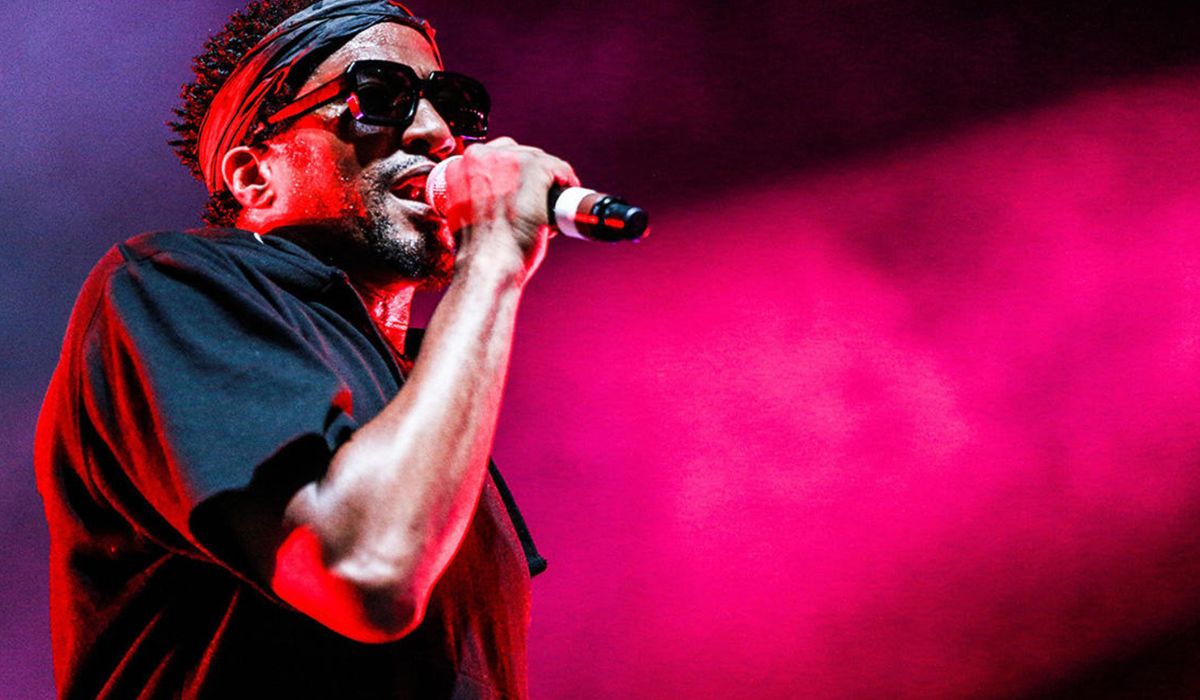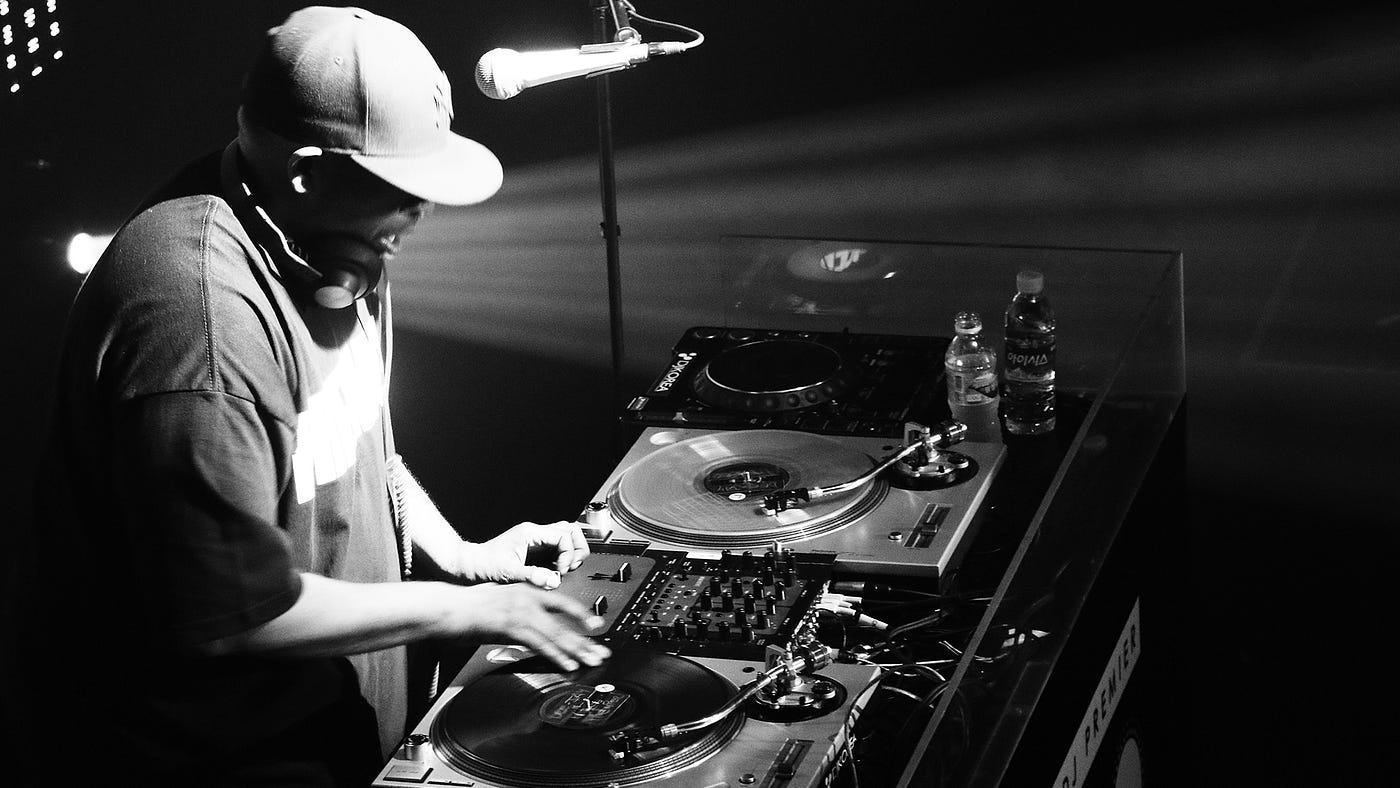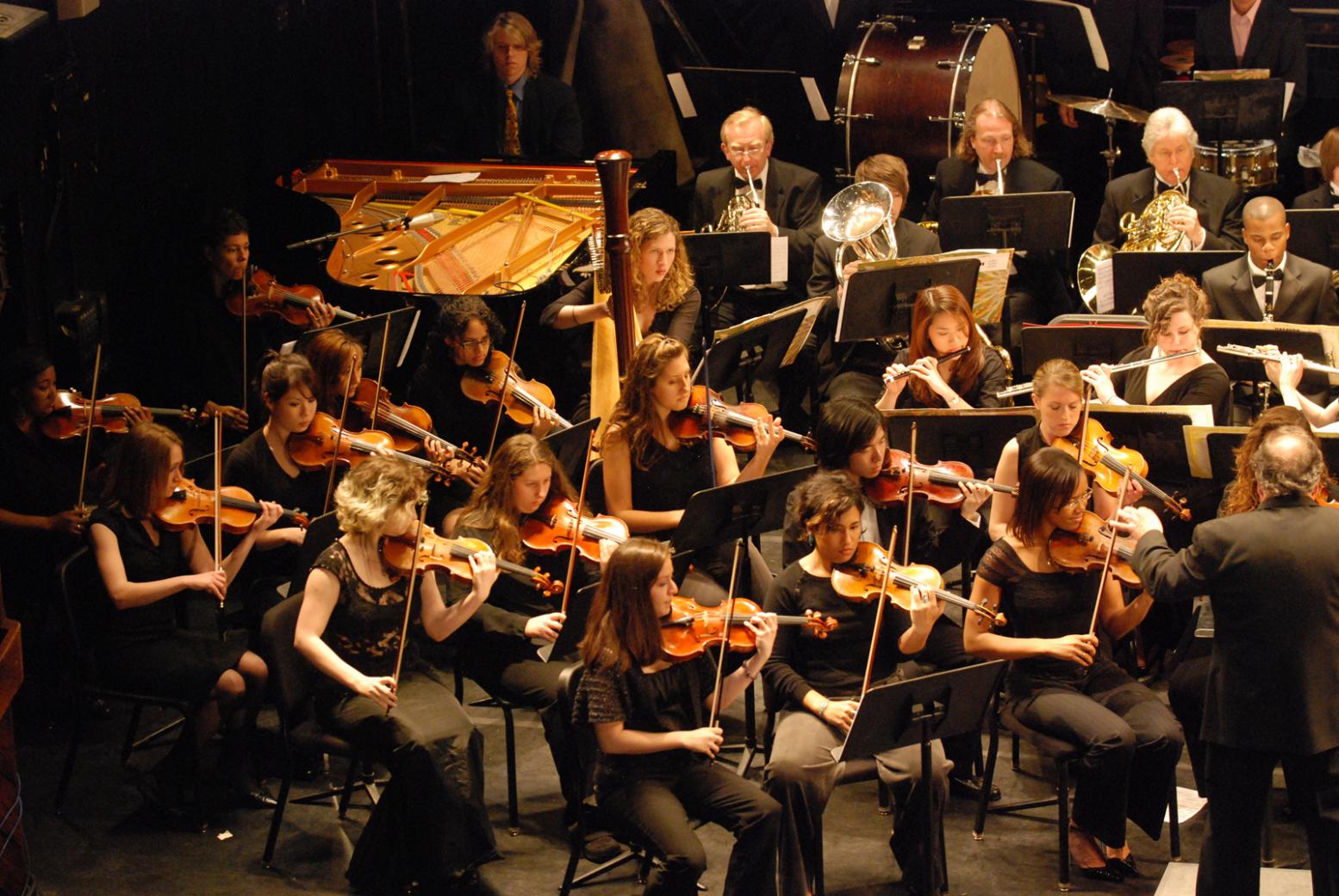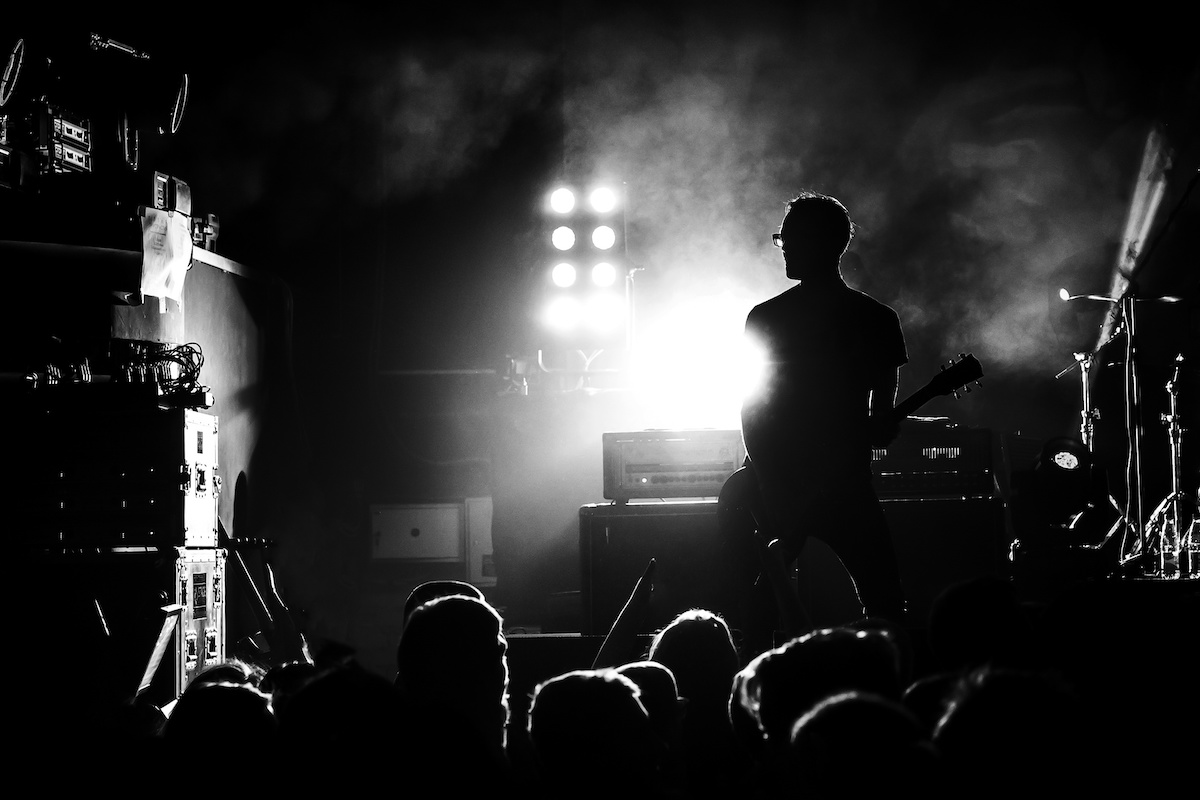Home>Production & Technology>Orchestra>What Genre Is Orchestra Music
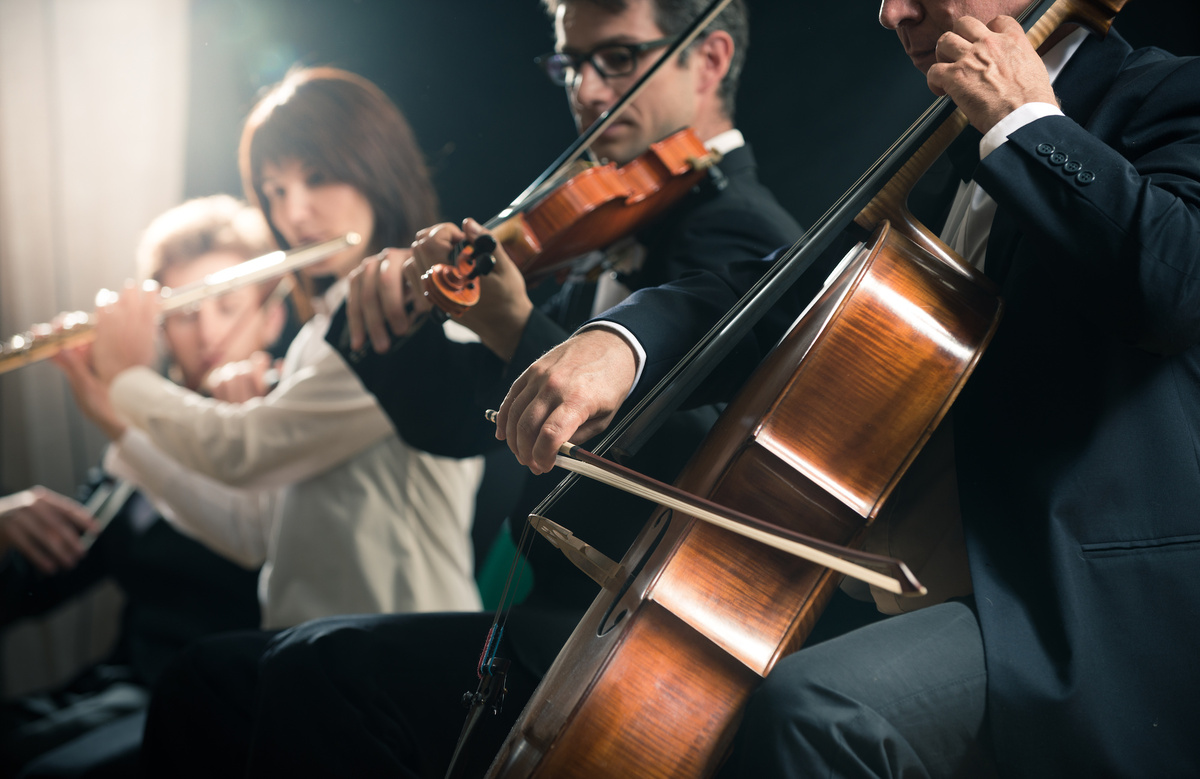

Orchestra
What Genre Is Orchestra Music
Published: February 24, 2024
Discover the diverse genres of orchestra music, from classical to contemporary, and explore the rich history and cultural significance of orchestra compositions.
(Many of the links in this article redirect to a specific reviewed product. Your purchase of these products through affiliate links helps to generate commission for AudioLover.com, at no extra cost. Learn more)
Table of Contents
Introduction
Orchestra music is a captivating and diverse art form that has enraptured audiences for centuries. It encompasses a wide range of genres, each with its own unique characteristics and historical significance. From the grandeur of classical compositions to the innovation of modern and contemporary pieces, orchestra music has evolved and adapted to reflect the cultural and artistic landscape of its time.
The orchestra itself is a marvel of musical collaboration, bringing together a symphony of instruments to create a harmonious and dynamic sound. The sheer magnitude of an orchestra, with its strings, woodwinds, brass, and percussion sections, allows for an unparalleled depth and richness in musical expression.
As we delve into the world of orchestra music, we will explore the various genres that have shaped its evolution. From the ornate compositions of the Baroque era to the emotive melodies of the Romantic period, each genre has left an indelible mark on the orchestral repertoire. Additionally, we will examine the influence of modern and contemporary styles, showcasing the ongoing vitality and relevance of orchestra music in today's musical landscape.
Join us on a journey through the history and diversity of orchestra music, where we will unravel the intricacies of each genre and gain a deeper appreciation for the timeless allure of orchestral compositions. Let's embark on this melodic odyssey, where the symphonic tapestry of orchestra music unfolds before us, inviting us to immerse ourselves in its resplendent beauty and profound artistry.
Classical Music
Classical music, often synonymous with the esteemed works of renowned composers such as Mozart, Beethoven, and Bach, represents a pinnacle of artistic achievement in the realm of orchestra music. This genre, which encompasses the Baroque, Classical, and Romantic periods, is characterized by its adherence to form, structure, and technical precision.
Baroque
The Baroque period, spanning from approximately 1600 to 1750, heralded a profound evolution in orchestral music. Composers of this era, including Johann Sebastian Bach and George Frideric Handel, crafted intricate compositions that showcased ornate melodies and elaborate harmonies. The orchestra, consisting of strings, woodwinds, and harpsichord, served as the canvas for these masterful works, which often featured contrapuntal textures and elaborate ornamentation.
Classical
The Classical period, which followed the Baroque era, introduced a shift towards clarity, balance, and structural elegance. Composers such as Wolfgang Amadeus Mozart and Joseph Haydn embraced a refined approach to orchestral composition, emphasizing symmetrical phrasing and thematic development. The orchestra expanded to include the clarinet and additional percussion instruments, enabling a broader sonic palette and heightened expressive capabilities. Symphonies, concertos, and chamber music flourished during this period, reflecting a harmonious blend of form and emotive depth.
Romantic
The Romantic period ushered in a profound wave of emotional expression and artistic freedom within orchestra music. Composers like Ludwig van Beethoven, Pyotr Ilyich Tchaikovsky, and Johannes Brahms pushed the boundaries of orchestral composition, infusing their works with intense emotional landscapes and dramatic narratives. The orchestra expanded further to include larger brass and percussion sections, allowing for grandiose symphonic expressions and evocative tone poems. The Romantic repertoire remains a testament to the power of orchestral music to convey profound, often tumultuous, human experiences.
Classical music, with its rich tapestry of Baroque intricacy, Classical refinement, and Romantic fervor, stands as a testament to the enduring legacy of orchestra music. The compositions of this era continue to captivate audiences with their timeless elegance and emotional resonance, serving as a testament to the enduring power of orchestral music to transcend time and resonate with the human spirit.
Baroque
The Baroque era, spanning from approximately 1600 to 1750, stands as a testament to the transformative evolution of orchestral music. This period marked a significant departure from the polyphonic textures of the Renaissance, introducing a newfound emphasis on drama, emotion, and virtuosity. The orchestra, comprising strings, woodwinds, and the harpsichord, became the focal point for the intricate and ornate compositions that defined the Baroque era.
One of the defining features of Baroque orchestral music is its intricate and elaborate melodies, which often showcased a high degree of ornamentation and embellishment. Composers of this era, including Johann Sebastian Bach, Antonio Vivaldi, and George Frideric Handel, crafted works that embraced the concept of "affections," where each piece sought to evoke specific emotional states within the listener. This emphasis on emotional expression paved the way for the development of highly emotive and evocative orchestral compositions.
The orchestra itself underwent significant expansion during the Baroque era, with the addition of new instruments and the refinement of existing ones. String instruments, such as the violin, viola, cello, and double bass, formed the core of the orchestral ensemble, providing a rich foundation for the intricate contrapuntal textures and expressive melodies that defined Baroque compositions. Woodwinds, including the flute, oboe, and bassoon, added color and depth to the orchestral palette, while the harpsichord served as both a solo and continuo instrument, providing harmonic support and embellishment.
Baroque orchestral compositions often featured a polyphonic texture, where multiple melodic lines interwove to create a rich and intricate tapestry of sound. This contrapuntal approach, exemplified in Bach's fugues and Vivaldi's concertos, showcased the technical prowess and virtuosity of both the composers and the performers. The interplay between the various sections of the orchestra, coupled with the elaborate ornamentation and embellishments, contributed to the grandeur and complexity of Baroque orchestral music.
The Baroque era, with its emphasis on emotional expression, virtuosity, and ornate compositions, laid the foundation for the subsequent evolution of orchestral music. The enduring legacy of Baroque orchestral compositions continues to captivate audiences with its intricate beauty and emotive depth, serving as a testament to the enduring allure of this transformative musical period.
Classical
The Classical period, which emerged in the mid-18th century and extended into the early 19th century, represents a pivotal epoch in the evolution of orchestral music. This era witnessed a profound shift in compositional style, marked by a heightened emphasis on clarity, structure, and melodic elegance. Composers such as Wolfgang Amadeus Mozart, Joseph Haydn, and Ludwig van Beethoven emerged as luminaries of the Classical period, shaping the orchestral repertoire with their enduring masterpieces.
One of the defining characteristics of Classical orchestral music is its adherence to balanced and symmetrical phrasing, reflecting a deliberate pursuit of clarity and order. Composers sought to craft compositions that featured well-defined thematic material, allowing for the development and variation of musical ideas within a cohesive framework. This emphasis on structural integrity and melodic elegance permeated symphonies, concertos, and chamber music, exemplifying the refined sensibilities of the Classical period.
The orchestra itself underwent significant expansion during this era, with the inclusion of new instruments that enriched the sonic palette and expressive capabilities. The clarinet, a versatile woodwind instrument, found its place within the orchestral ensemble, adding a new dimension of tonal color and expressive range. Additionally, the percussion section saw augmentation, incorporating timpani and other auxiliary instruments to enhance rhythmic complexity and dramatic impact.
Symphonies, a hallmark of the Classical period, flourished as a form of orchestral expression, exemplifying the integration of thematic development, structural coherence, and expressive depth. Composers such as Mozart and Haydn crafted symphonic works that showcased a seamless interplay between the various sections of the orchestra, allowing for dynamic contrasts and emotive nuance. Concertos, featuring solo instruments accompanied by the orchestra, also thrived during this period, highlighting virtuosic performances and engaging dialogues between the soloist and the ensemble.
Chamber music, intimate compositions designed for small ensembles, emerged as a refined and expressive form of orchestral expression during the Classical period. String quartets and piano trios exemplified the art of musical conversation and collaborative interplay, showcasing the nuanced interaction between individual instrumental voices within a cohesive ensemble setting.
The Classical period, with its emphasis on structured elegance, thematic clarity, and expressive refinement, stands as a testament to the enduring legacy of orchestral music. The compositions of this era continue to captivate audiences with their timeless allure and melodic sophistication, serving as a testament to the enduring power of orchestral music to transcend time and resonate with the human spirit.
Romantic
The Romantic period, spanning roughly from the late 18th century to the early 20th century, represents a profound and transformative epoch in the annals of orchestral music. This era witnessed a seismic shift in artistic sensibilities, characterized by an unprecedented emphasis on emotional expression, individualism, and the exploration of profound human experiences. Composers such as Ludwig van Beethoven, Pyotr Ilyich Tchaikovsky, Johannes Brahms, and Gustav Mahler emerged as luminaries of the Romantic period, reshaping the orchestral repertoire with their impassioned and evocative compositions.
One of the defining features of Romantic orchestral music is its unbridled emotional depth and expressive fervor. Composers of this era sought to articulate the full spectrum of human emotions through their works, delving into themes of love, heroism, nature, and existential angst. The orchestra, now expanded to include larger brass and percussion sections, provided a vast sonic canvas for the exploration of intense emotional landscapes and dramatic narratives.
Symphonies, a cornerstone of orchestral composition, evolved into grandiose and emotionally charged expressions during the Romantic period. Composers imbued their symphonic works with sweeping melodies, lush harmonies, and dramatic contrasts, capturing the tumultuous essence of the human experience. Symphonies such as Beethoven's Ninth Symphony and Tchaikovsky's Symphony No. 6 ("Pathétique") stand as towering exemplars of the Romantic symphonic tradition, resonating with profound emotional resonance and existential introspection.
Concertos, featuring virtuosic solo performances accompanied by the orchestra, flourished during the Romantic period, showcasing the technical prowess and emotive depth of both the soloist and the ensemble. The dialogue between the solo instrument and the orchestra became a vehicle for impassioned expression and virtuosic display, exemplified in concertos by composers such as Tchaikovsky, Brahms, and Rachmaninoff.
Furthermore, the Romantic period witnessed the rise of tone poems, orchestral compositions that sought to evoke specific literary or visual narratives through music. Composers such as Richard Strauss and Franz Liszt crafted tone poems that embodied vivid storytelling and evocative imagery, utilizing the orchestra to paint sonic canvases of myth, legend, and nature.
The Romantic era, with its emphasis on emotional intensity, individual expression, and evocative storytelling, stands as a testament to the enduring legacy of orchestral music. The compositions of this epoch continue to enrapture audiences with their profound emotive power and timeless resonance, serving as a testament to the enduring capacity of orchestral music to transcend time and resonate with the human spirit.
Modern and Contemporary
The modern and contemporary era of orchestral music represents a dynamic and multifaceted tapestry of artistic innovation and sonic exploration. Emerging in the 20th century and extending into the present day, this period has witnessed a rich diversity of styles, techniques, and conceptual approaches that have redefined the boundaries of orchestral composition.
One of the defining characteristics of modern and contemporary orchestral music is its embrace of avant-garde experimentation and the integration of diverse musical influences. Composers such as Igor Stravinsky, Bela Bartok, and Claude Debussy shattered traditional harmonic and rhythmic conventions, ushering in an era of unprecedented sonic exploration and expressive freedom. The orchestra, serving as a vehicle for bold sonic experimentation, became a platform for the integration of folk music, jazz, electronic sounds, and innovative instrumental techniques. This convergence of influences gave rise to a kaleidoscopic array of orchestral compositions that defied conventional norms and expanded the sonic horizons of orchestral music.
The modern and contemporary era also witnessed the emergence of minimalism, a compositional style characterized by repetitive patterns, static harmonies, and gradual transformation. Pioneered by composers such as Steve Reich, Philip Glass, and John Adams, minimalism offered a radical departure from the lush romanticism of previous eras, embracing a stripped-down, meditative aesthetic that resonated with a new generation of listeners. The orchestra, through its capacity for nuanced timbral exploration and rhythmic precision, became a conduit for the mesmerizing and hypnotic textures of minimalist compositions.
Furthermore, the contemporary orchestral landscape has been enriched by the contributions of living composers who continue to push the boundaries of orchestral expression. Through their innovative use of extended techniques, unconventional instrumentation, and multimedia integration, contemporary composers have expanded the sonic potential of the orchestra, creating immersive and multisensory experiences for audiences.
The modern and contemporary era of orchestral music, with its spirit of boundless experimentation, stylistic diversity, and visionary creativity, stands as a testament to the enduring vitality and relevance of orchestral music in the 21st century. The compositions of this era continue to captivate audiences with their daring innovation and sonic eclecticism, serving as a testament to the enduring power of orchestral music to evolve, inspire, and transcend artistic boundaries.
Conclusion
In conclusion, the world of orchestra music is a rich tapestry of artistic expression, historical evolution, and boundless creativity. From the intricate ornamentation of the Baroque era to the emotional intensity of the Romantic period, each genre has left an indelible mark on the orchestral repertoire, shaping the trajectory of musical history and captivating generations of listeners.
Classical music, with its Baroque intricacy, Classical refinement, and Romantic fervor, stands as a testament to the enduring legacy of orchestral music. The compositions of this era continue to captivate audiences with their timeless elegance and emotional resonance, serving as a testament to the enduring power of orchestral music to transcend time and resonate with the human spirit.
The Romantic period, with its emphasis on emotional intensity, individual expression, and evocative storytelling, stands as a testament to the enduring legacy of orchestral music. The compositions of this epoch continue to enrapture audiences with their profound emotive power and timeless resonance, serving as a testament to the enduring capacity of orchestral music to transcend time and resonate with the human spirit.
The modern and contemporary era of orchestral music, with its spirit of boundless experimentation, stylistic diversity, and visionary creativity, stands as a testament to the enduring vitality and relevance of orchestral music in the 21st century. The compositions of this era continue to captivate audiences with their daring innovation and sonic eclecticism, serving as a testament to the enduring power of orchestral music to evolve, inspire, and transcend artistic boundaries.
As we reflect on the diverse genres that have shaped the world of orchestra music, we are reminded of the profound impact that this art form has had on the cultural, emotional, and artistic landscape of humanity. The orchestra, with its symphonic tapestry of strings, woodwinds, brass, and percussion, remains a testament to the collaborative spirit of musical expression, inviting audiences to embark on a melodic odyssey that transcends time and resonates with the deepest recesses of the human soul.
In the symphonic tapestry of orchestra music, we find a reflection of the human experience, a testament to the enduring power of creativity, and an invitation to immerse ourselves in the resplendent beauty and profound artistry that continues to define this timeless and transcendent art form.

